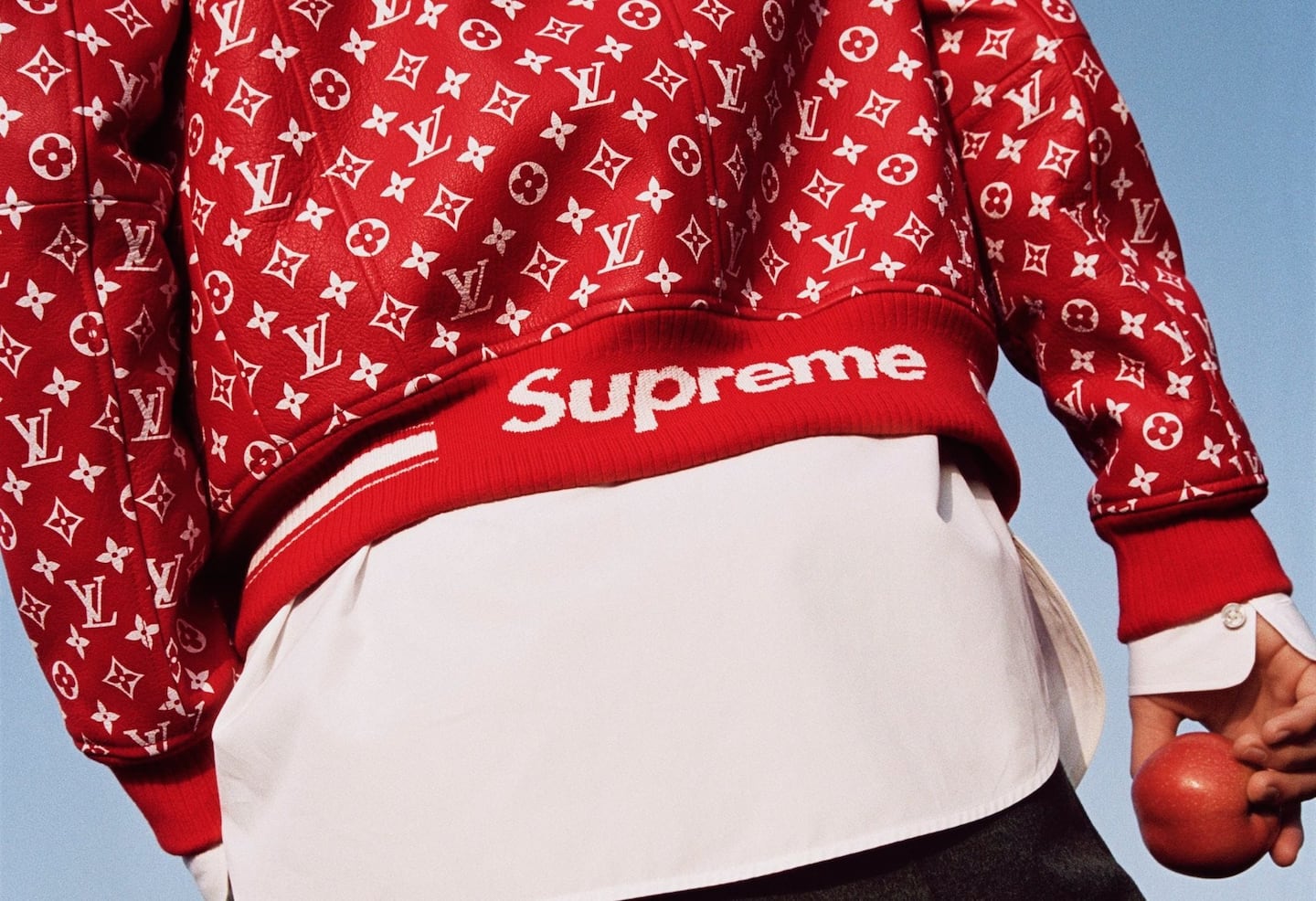
The Business of Fashion
Agenda-setting intelligence, analysis and advice for the global fashion community.

Agenda-setting intelligence, analysis and advice for the global fashion community.

MILAN, Italy — High-end streetwear helped boost global sales of luxury personal goods by 5 percent this year to an estimated €263 billion ($309 billion), according to a new study released Wednesday by consultancy Bain & Company.
After two years of flat growth, Bain said the sector is entering a period of stability, with the same 5 percent growth projections through 2020.
"Customers are becoming younger, and that is very good for the mid- and longer-term survival of this industry, since the younger generation seemed to be a little detached from luxury brands," said Federica Levato, a partner at Bain & Company, ahead of the study's release for the Altagamma association of luxury Italian producers.
Fashion houses have been actively courting Millennials in recent seasons, inviting social media and celebrity influencers to their front rows as part of their communication strategy. But it has taken streetwear to catch the interest of Generation Z born after 1995, including denim, T-shirts, rubber sliders and ironic detailing. Think of it as a Harajuku sensibility — with pastels, emojis and rainbow or unicorn detailing — taking global flight.
ADVERTISEMENT
"There is a big market of €2.5 million for luxury T-shirts, for example, that is growing very fast. And a half-a-billion-euro market for rubber sliders, which is very unusual in this market," Levato said.
While streetwear has proven to bring the next generation of consumers into the luxury fold, it is a double-edged sword.
"Streetwear is a macro-trend in all geographies" that represents a state of mind and transcends generations, Levato said. "We think it is more about how people live their lives and how people like to dress vis-a-vis 10 or 15 years ago, when work wear was more formal."
But it can be easily copied by producers of fast fashion. To counter that, Levato said, luxury brands are putting more emphasis into branding activities including Instagram Stories, creating relationships with influencers and making stores unique in each city to attract both tourists and domestic shoppers.
"Once it was all about beautifying a product. Now product is just one of the many levers you use to maintain and capture your customer," she said.
By Colleen Barry.
The designer has always been an arch perfectionist, a quality that has been central to his success but which clashes with the demands on creative directors today, writes Imran Amed.
This week, Prada and Miu Miu reported strong sales as LVMH slowed and Kering retreated sharply. In fashion’s so-called “quiet luxury” moment, consumers may care less about whether products have logos and more about what those logos stand for.
The luxury goods maker is seeking pricing harmonisation across the globe, and adjusts prices in different markets to ensure that the company is”fair to all [its] clients everywhere,” CEO Leena Nair said.
Hermes saw Chinese buyers snap up its luxury products as the Kelly bag maker showed its resilience amid a broader slowdown in demand for the sector.